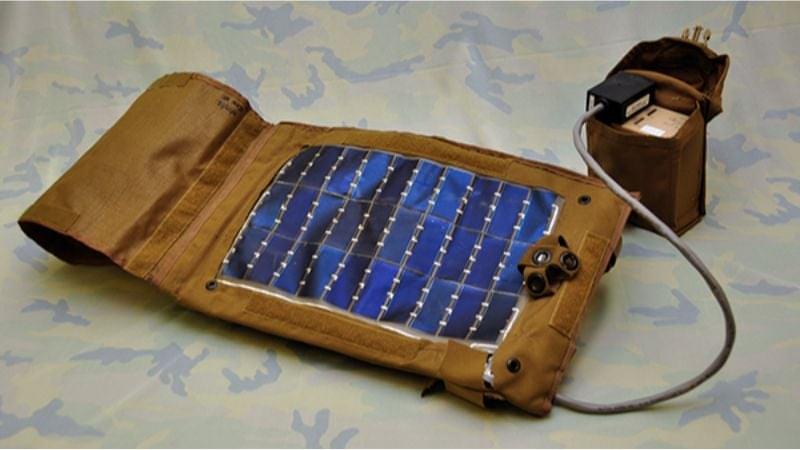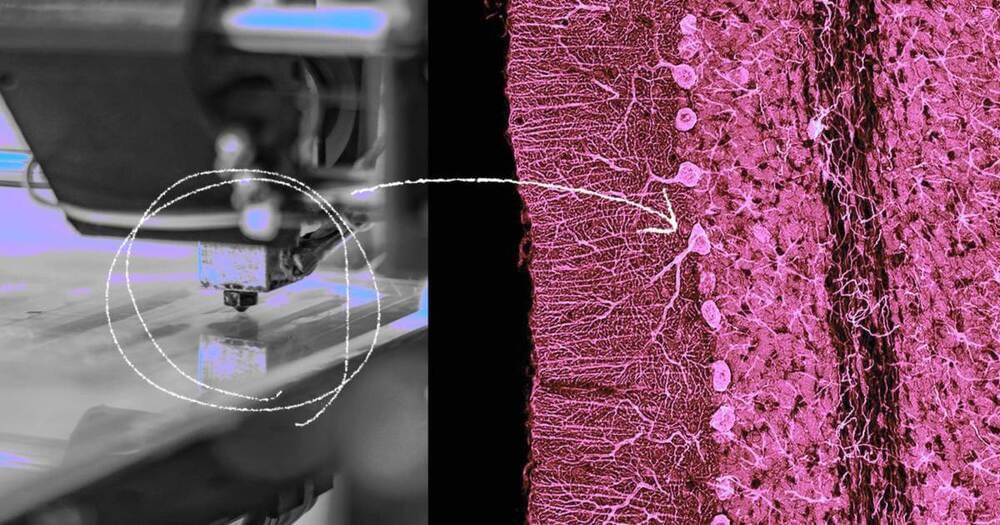Tesla’s Supercharger network might be good enough to push other automakers to join the standard, but that hasn’t stopped several companies from banding together to build their own Tesla-rivaling charging network. Ionna is a joint venture between seven automakers that promises to bring tens of thousands of chargers to North America — along with food and restrooms.
BMW, GM, Honda, Hyundai, Kia, Mercedes-Benz, and Stellantis are working together on the project with the slogan “We charge North America.” The group announced that it had gained regulatory approval and was officially starting work last Friday.
Ionna aims to build a network of 30,000 fast chargers to facilitate long-distance driving across the continent. The company said it is targeting 2030 to build the network and promised charging locations in urban areas and along highways. The first chargers will open this year, and the focus will be on an “elevated customer experience” that includes 350kW fast chargers, food, retail stores, and other amenities within the charging complex. Electrify America, created using money from VW’s Dieselgate settlement, also recently announced a shift to a more upscale charging experience.
 עברית (Hebrew)
עברית (Hebrew)






